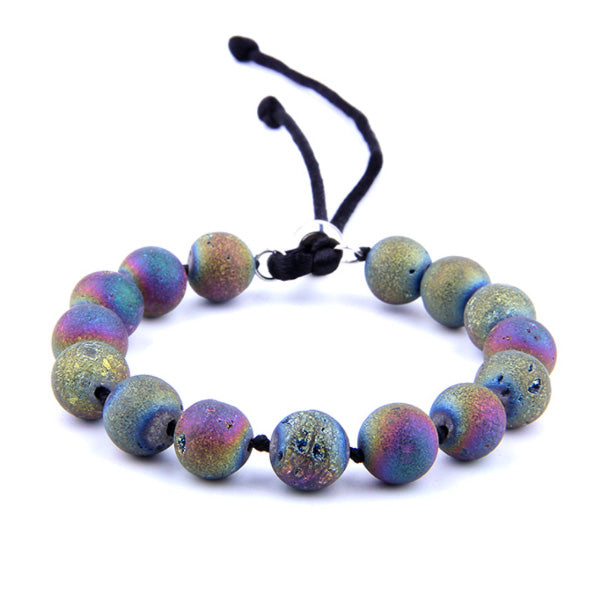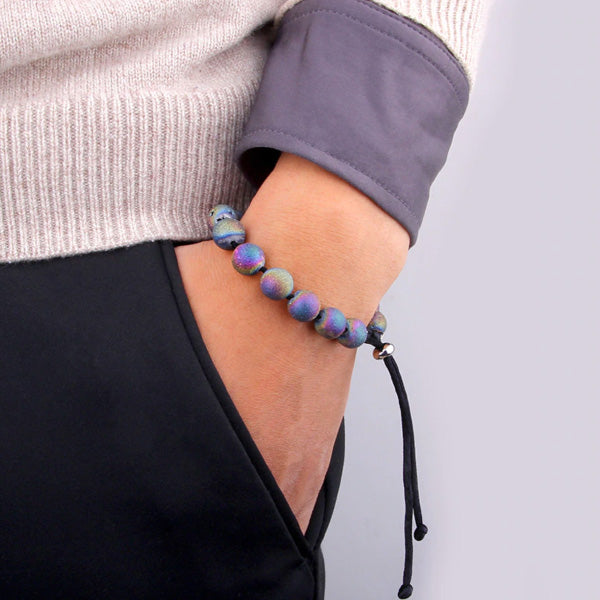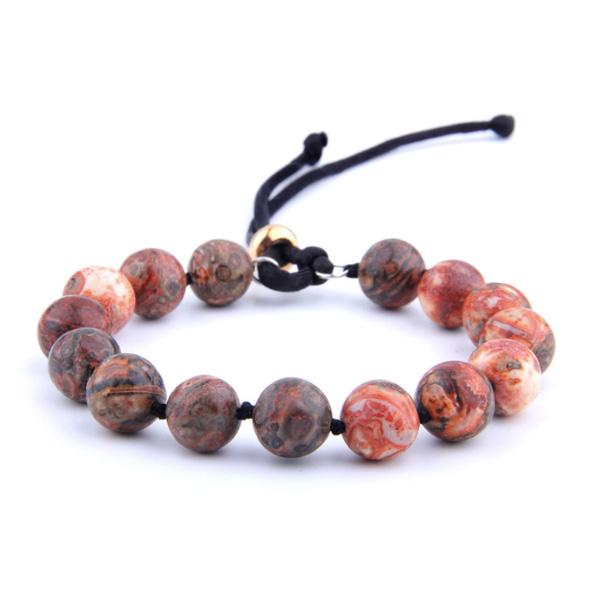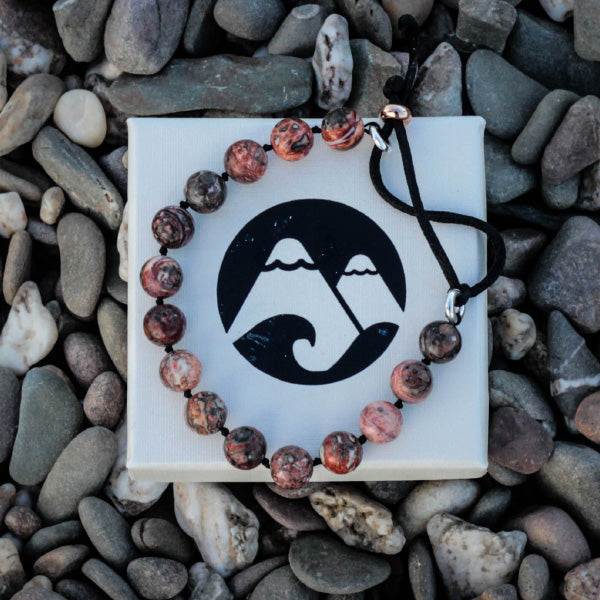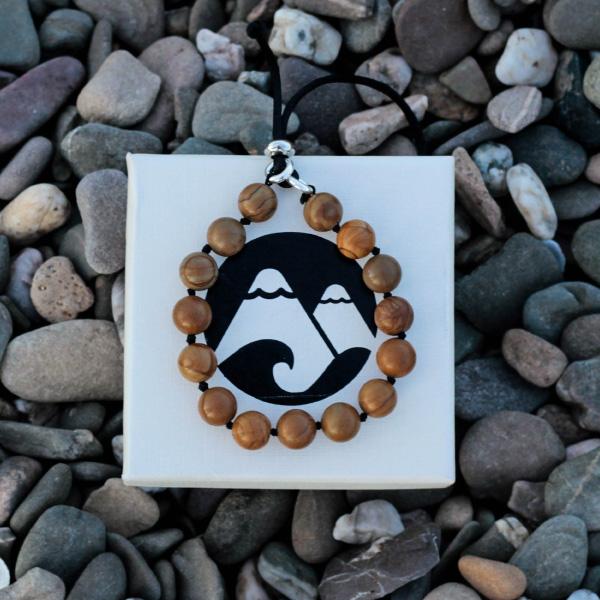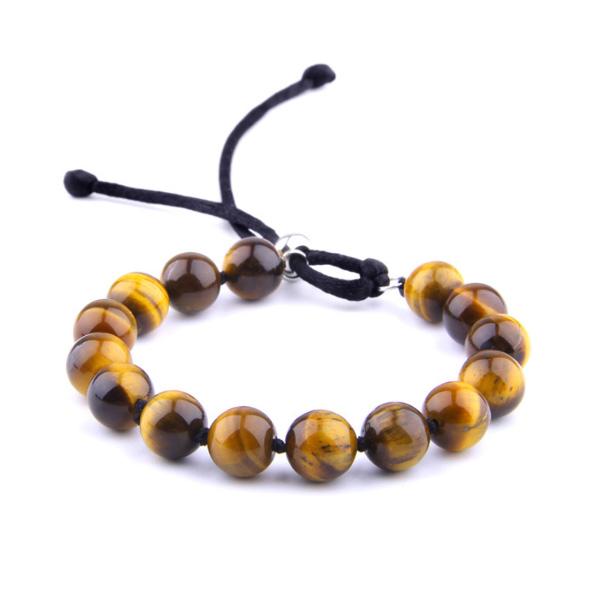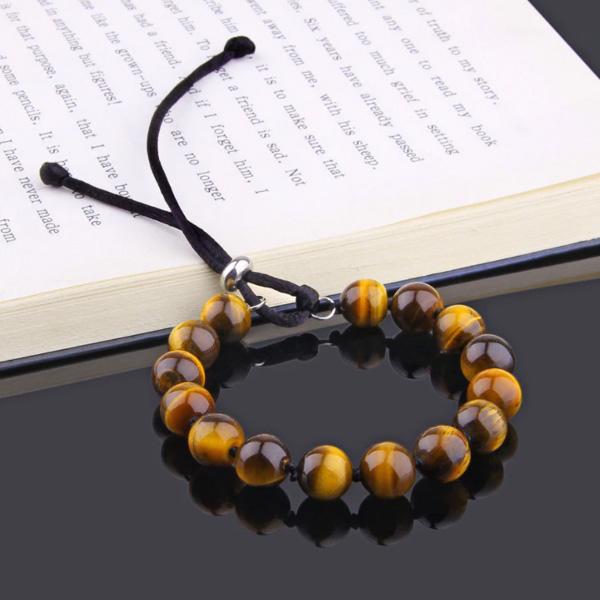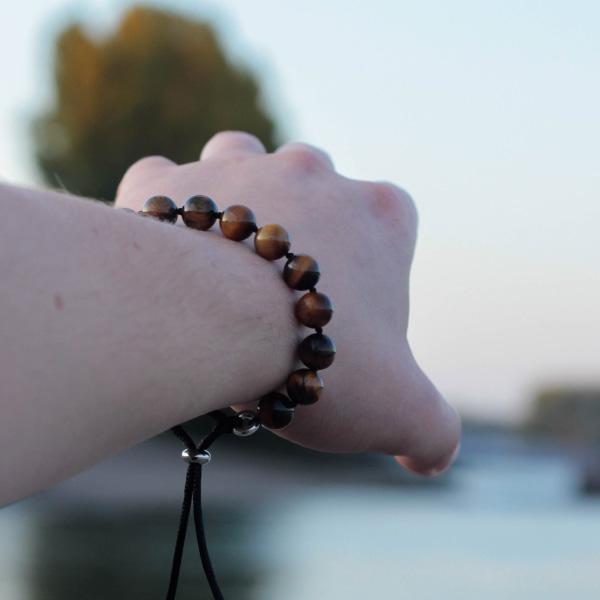Simplest Ways of Removing Waste Products
When it comes to removing rubbish, things are not quite as easy as it seems. Which rubbish comes in which bin? In some cases, it is not so easy to decide which trash can they belong in.
As some people might suggest, simply burning rubbish, like plastic bottles, is not the solution because it is bad for the climate. Not only because more CO2 is released: above all, the old plastic can no longer be recycled - and the industry has to produce new plastic. That requires new resources.

Disposing glass
Even with the supposedly easy to assess glass, there are some hurdles. Colourful bottles wander into the green glass. This mixture can cope with the most significant proportion of possible false colours when it melts.
Many garbage trucks pick up and empty the bins fully automatically. But that doesn't always work smoothly.
Our tip: If the way to the glass container is too far, you can ask the landlord whether a particular bin for used glass can be provided. However, there is no entitlement to this. Waste disposal companies do not even offer such a ton in all municipalities.
If particular waste glass bins are available, the tenants must adhere to the specified disposal times. These are usually outside of the rest periods. Anyone who disposes of used glass at night and thereby disturbs the peace of the neighbours is at risk of being warned by the landlord.
Disposing plastic correctly
According to the Federal Environment Agency, the closures of plastic must be disposed of separately. That means they come in the yellow bin or the yellow sack.
Paper and bottles, as well as other attachments made of plastic or metal, may remain on the other hand. They are removed in the reprocessing. Collecting bottle corks is also worthwhile: they can be processed into insulation materials. Search online for cork collection points near you.
In some cases, however, the sorting machines can sort out the lid of the glass packaging. However, this is only possible if the covers are unscrewed. Then you can also throw the closures into the glass container.
Our tips on disposing old clothes
Why shouldn't you dispose of your clothes in old clothes containers?
You can find used clothing containers on many street corners or in supermarket parking lots. There are containers from private companies or charitable organizations. Used clothing containers are easily accessible everywhere, and you can get rid of your clothes quickly at any time. But what happens to your clothes afterwards?
What you probably think is going to happen: Your sorted out clothes will land without detours and without costs for the customers of needy people who receive these clothes for free and can look forward to them.
What actually happens: Well-preserved clothing is not given to the needy but sold to second-hand shops in your country or abroad. Slightly broken or inferior goods for second-hand shops are shipped to Africa, Asia or South America, where they are sold to the locals in markets. This happens with around 60% of used clothing. Completely broken and unusable clothing is recycled. This affects approximately 15% of clothing donations.
That may not sound too bad at first. And admittedly, that used clothing is recycled, we also think it's right in principle. The problem is more with the clothes that end up in Africa, Asia and South America. There they are sold at markets at a bargain price, which is great for the locals because they can then afford "fashionable" branded clothes.
The disadvantage: Nobody buys clothes from the local textile industry anymore. As a result, many factories have had to close in the past. According to an NDR documentary, about 80,000 people were unemployed in Tanzania alone. And only because of our old clothes. The number has probably increased worldwide since people consume and sort out clothes more and more quickly.
Why are used clothing containers from aid organizations not that bad?
In fairness, we would like to mention that it is logical that neither private container manufacturers nor the charitable aid organizations can do everything for free. Sorting and shipping clothes cost money - especially in the masses that have to be done today.
If in doubt, we would "recommend" the containers of aid organizations to you should we be nailed to them. Here, surplus income is used to support social projects. Under no circumstances should you fill individual containers with your clothes. This is all about the profit of the entrepreneur.
Five tips on how to dispose of your old clothes instead
There are many ways you can properly dispose of your used clothing. Above all, we want to focus on sustainability and the environment. This means that the garments are best carried on and thus extend their product life cycle. Extending the life of our clothing from one to two years alone can reduce CO2 emissions by 24%.
In the following, we present five ways you can "dispose" of your clothes sustainably and in some cases, even profitably for yourself.
1. Selling online
Nowadays we can put our clothes online very quickly and sell them to happy new owners. You can always sell via various flea market apps or eBay classifieds. So you make a little money with your old clothes, and the product life cycle of your clothes is extended. This is good for the environment, good for your wallet, and the new owner of your garment is also happy.
2. Sell at flea markets
Another profitable way to get rid of your clothes: garage sales. For a small stand fee, you can register and sell your clothes there. We would only recommend you to go to the clothing flea markets of your target group. For example "girls' flea markets" or "baby flea markets". Just search online to find out if there is something like this near you.
3. Give away
You can also give your clothes away to friends or family. Maybe you will organize an exchange party and even make a small event out of it. No matter how: Your clothes will be given a new owner here and will continue to be worn.
4. Donate - directly to social institutions
Another great way to get rid of your old clothes is to donate them directly to charities. Without detour via the used clothing container. Most of the time it's just as stress-free: drive there, unload, drive away, finished.
We have not only clothes but also old household items or DVDs and books given directly to our local charity. From there they are passed on to charitable second-hand shops.
Another possibility for donations is retirement homes or women's shelters. It is best to ask directly on-site whether and which contributions are desired. You can also take your discarded clothes to your favourite thrift store. Here you support the owner of the shop.
5. Upcycling - giving clothes a new life
If you already have sewing machine skills, you can quickly turn broken or worn clothing into great upcycling projects—a bag made from the remains of jeans, make-up pads from old towels, patchwork blankets. Your creativity knows no limits. You can go to Pinterest and find inspiration and instructions.
If you are not so gifted yourself, you can gift the clothes to a creative friend, or you can register for a sewing course and learn a new skill. It's super handy to be able to make clothes and bags myself - just as you like it, or just being ready to sew a hole.
Leave a comment
Comments will be approved before showing up.
